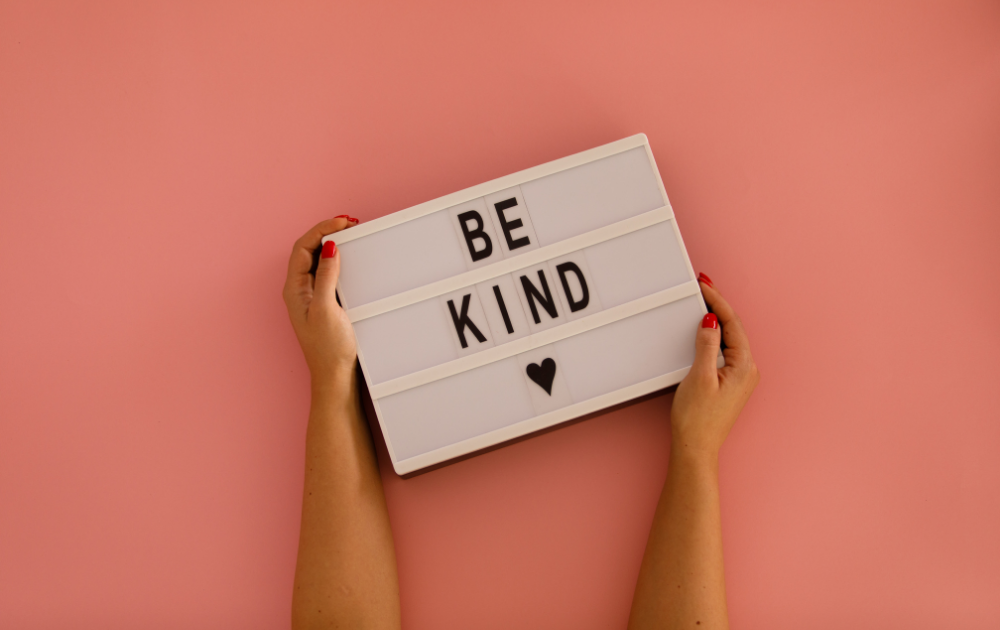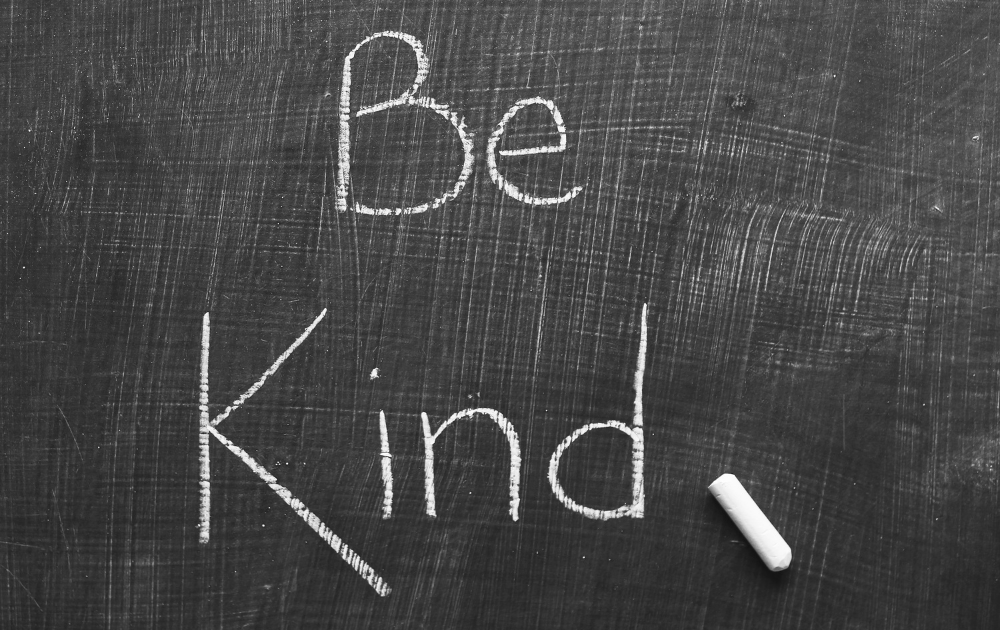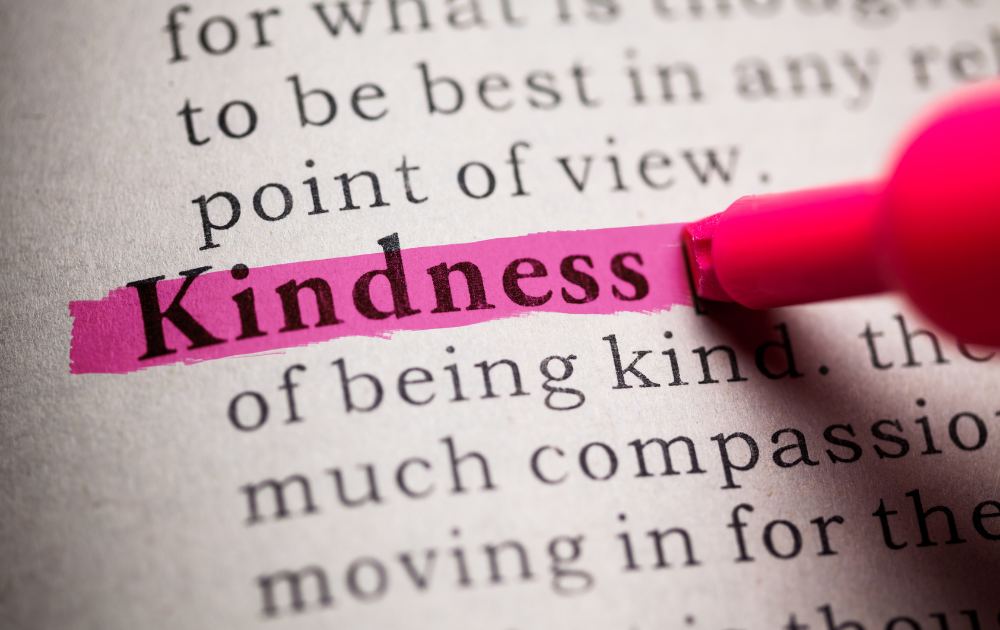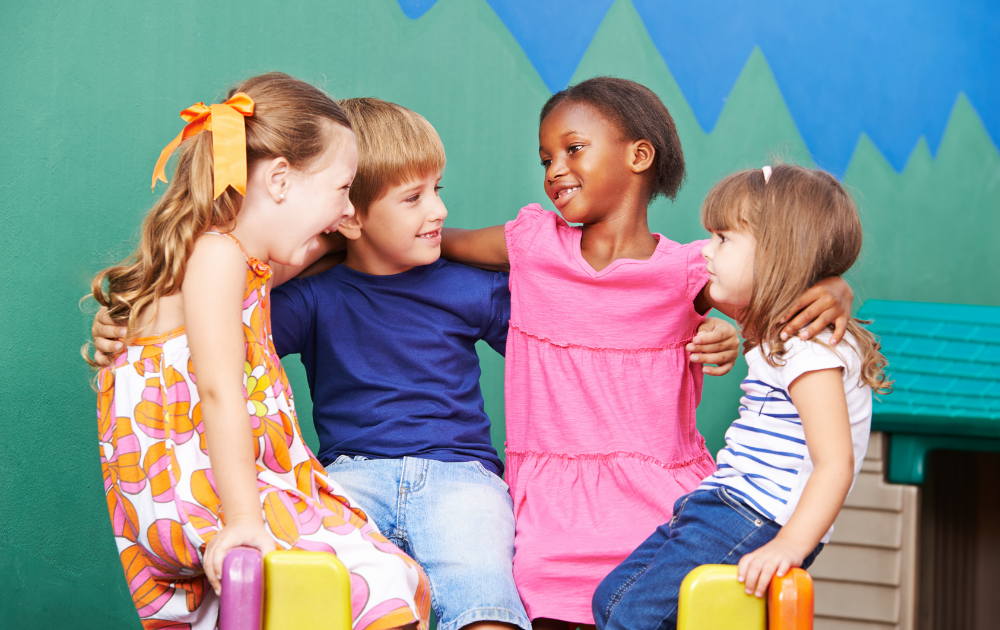
11 Jun How To Teach Children About Kindness: Life Lessons For Toddlers and Teens
Right now, it feels like we live in a deeply polarized world. Whether it’s online, on TV or on the playground, people are not always playing nice. This aspect of our current social climate can be confusing for children, and depending on their ages, it can be frightening, too.
Most children have a natural impulse to be kind. But it isn’t always easy for them to know how and when to express that kindness, particularly living in a “loud” world. In this article, we offer some suggestions on how to teach kindness to children, how to help them act on those natural impulses and how they can express themselves gently, calmly, and – yes – kindly.
1. Model the behavior you’re hoping to see.

We all know that children imitate the behavior of the adults around them, rather than solely doing what those adults tell them to do. If your children (whether you’re a parent or a nanny) see you acting kindly, chances are they will behave in a similar fashion. For example, if you regularly open the door for an elderly person ahead of you, or allow a person to step in line in front of you at the grocery store, your children will likely do the same. Unfortunately, the reverse is true, too: if a child hears you raise your voice impatiently on the phone, or sees you brush off a salesperson rudely, that behavior will register with them, too. Of course we all have moments when we act in ways that aren’t as polite and kind as we would like, and if you catch yourself doing that, explain it. In terms that are appropriate to the child’s age, let them know why you reacted as you did, and explain why it was wrong.
2. Help them define what kindness is.

Naturally you should keep this in terms they will understand, depending on their age. For toddlers, it might be a simple example, such as helping a friend at preschool get a book from a shelf, or get their coat on. Kindness means acting on behalf of someone else when we don’t have to, and that’s a concept all age groups can understand. If you’re helping your teenager be kind, explain it in a context they will relate to. For example: ask them what they would do if their friend was being bullied at school. How would they help? Identify that feeling of being sorry as empathy, feeling deeply when others feel pain or sorrow. But kindness isn’t (or shouldn’t be) limited to those whom we know.
3. Kindness to others.

Caring about others whom we don’t know is the true definition of kindness and empathy. So is caring for those who cannot care for themselves, like a kitten or puppy. This is related to our first point: the behavior children witness in the home. If they know you volunteer at a homeless shelter or soup kitchen once a week, or if you make regular contributions to charities, your children will learn that caring about the world outside their door is a true measure of kindness.
4. Practice kindess with young ones!
Toddlers can struggle to learn an abstract concept, so play some “what if” scenarios with them. For example, “what would you do if your stuffed bear fell down?” Seeing how they react, and making suggestions (“shall we put a bandage on his leg?”) is a great way to instill the type of kind response situations like these call for.T
5. Watch and learn how they react to certain situations.
Whether your child is three or thirteen, how they behave when kindness is called for is a great indicator of what they’re learning. Do they react appropriately if someone trips and falls, or do they laugh? Sometimes an inappropriate reaction just stems from nervousness, but sometimes as an adult you need to correct the behavior or response. Not in a condescending way, of course, but in a constructive manner that helps the child understand why kindness is needed.
Teaching children how to be kind is an ongoing, lifelong process that begins when they are very young, continues into their adolescence and teen years, and continues beyond. Perhaps the single most important ingredient of this process is being a kind person yourself, showing children that how you treat fellow human beings is a profound statement of who you are, and why it is so important to you. You don’t need to make grand gestures; day-to-day small kindnesses, such as mowing a neighbor’s lawn when they are ill or running to the pharmacy for them, speak volumes about your character.
And children pick up on these small acts of kindnesses made by the adults around them and start mirroring them. If it is true that every journey begins with one, small step, it is equally true that raising kind children begins with one small act of kindness by an adult they love. And when that one act is followed by another, and another, becoming a kind individual grows to be second nature to all children.